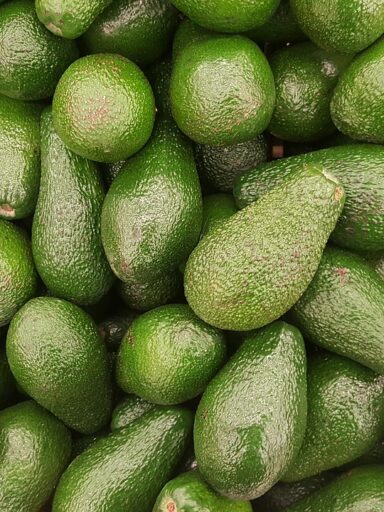Tomatoes, scientifically known as Solanum lycopersicum, are a cornerstone of global cuisine and an essential crop in agriculture. Beyond how versatile they are, tomatoes are rich, containing an compounds that contribute to their nutritional value and health benefits.
Nutrient Profile
Tomatoes are a nutrient-dense food, providing essential vitamins, minerals, and antioxidants. Key nutrients include:
Vitamin C: Tomatoes are an excellent source of vitamin C (ascorbic acid), which plays a crucial role in collagen synthesis, immune function, and as an antioxidant.
Vitamin A: In the form of beta-carotene, tomatoes contribute to vision health, immune function, and cellular communication.
Potassium: Essential for maintaining electrolyte balance, nerve function, and muscle contraction.
Phytochemicals
Tomatoes are rich in phytochemicals, which are bioactive compounds that have health-promoting properties. The most notable phytochemicals in tomatoes include:
Lycopene: A carotenoid responsible for the red color of tomatoes, lycopene is a potent antioxidant linked to reduced risk of chronic diseases, including cardiovascular disease and certain cancers. Lycopene’s bioavailability increases upon cooking, making processed tomato products particularly beneficial.
Beta-Carotene: Another carotenoid with antioxidant properties, beta-carotene is a precursor to vitamin A and contributes to skin and eye health.
Flavonoids: Including quercetin and kaempferol, flavonoids exhibit anti-inflammatory, antioxidant, and anti-carcinogenic properties.
Phenolic Acids: Compounds such as chlorogenic acid and caffeic acid contribute to the antioxidant capacity of tomatoes and may help in reducing oxidative stress.
Biochemical Processes in Growth and Ripening
The biochemistry of tomato growth and ripening is a complex process involving hormonal regulation, gene expression, and enzymatic activities.
Growth:
Photosynthesis: Like all green plants, tomatoes rely on photosynthesis to convert light energy into chemical energy, producing glucose and oxygen from carbon dioxide and water. Chlorophyll, the green pigment in tomato leaves, plays a critical role in this process.
Nutrient Uptake: Through their roots, tomato plants absorb water and essential minerals from the soil. Nitrogen, phosphorus, and potassium are particularly important for plant growth and fruit development.
Ripening:
Ethylene Production: Ethylene is a plant hormone that regulates the ripening process. In tomatoes, ethylene production increases as the fruit matures, leading to changes in color, texture, and flavor.
Color Change: Chlorophyll breaks down as lycopene and beta-carotene accumulate, giving ripe tomatoes their characteristic red color.
Softening: Enzymes such as pectinases and cellulases degrade cell wall components, leading to the softening of the fruit.
Flavor Development: The balance of sugars and acids changes during ripening, enhancing the sweet and tangy flavor of tomatoes. Volatile compounds, including aldehydes, alcohols, and esters, contribute to the aroma and taste.
Health Implications
The biochemical richness of tomatoes translates into numerous health benefits. Lycopene’s antioxidant properties can reduce oxidative stress and inflammation, potentially lowering the risk of chronic diseases. Vitamin C supports immune function and skin health, while potassium helps regulate blood pressure. Additionally, the fiber content in tomatoes aids in digestive health.
In the end, tomatoes are more than just a delicious addition to your favorite dishes; they are packed with nutrients and bioactive compounds that support brain health. So, next time you enjoy a fresh tomato salad or a hearty tomato soup, remember that you’re not just treating your taste buds—you’re giving your brain a healthy boost too.
One of my recipes with Tomato:




